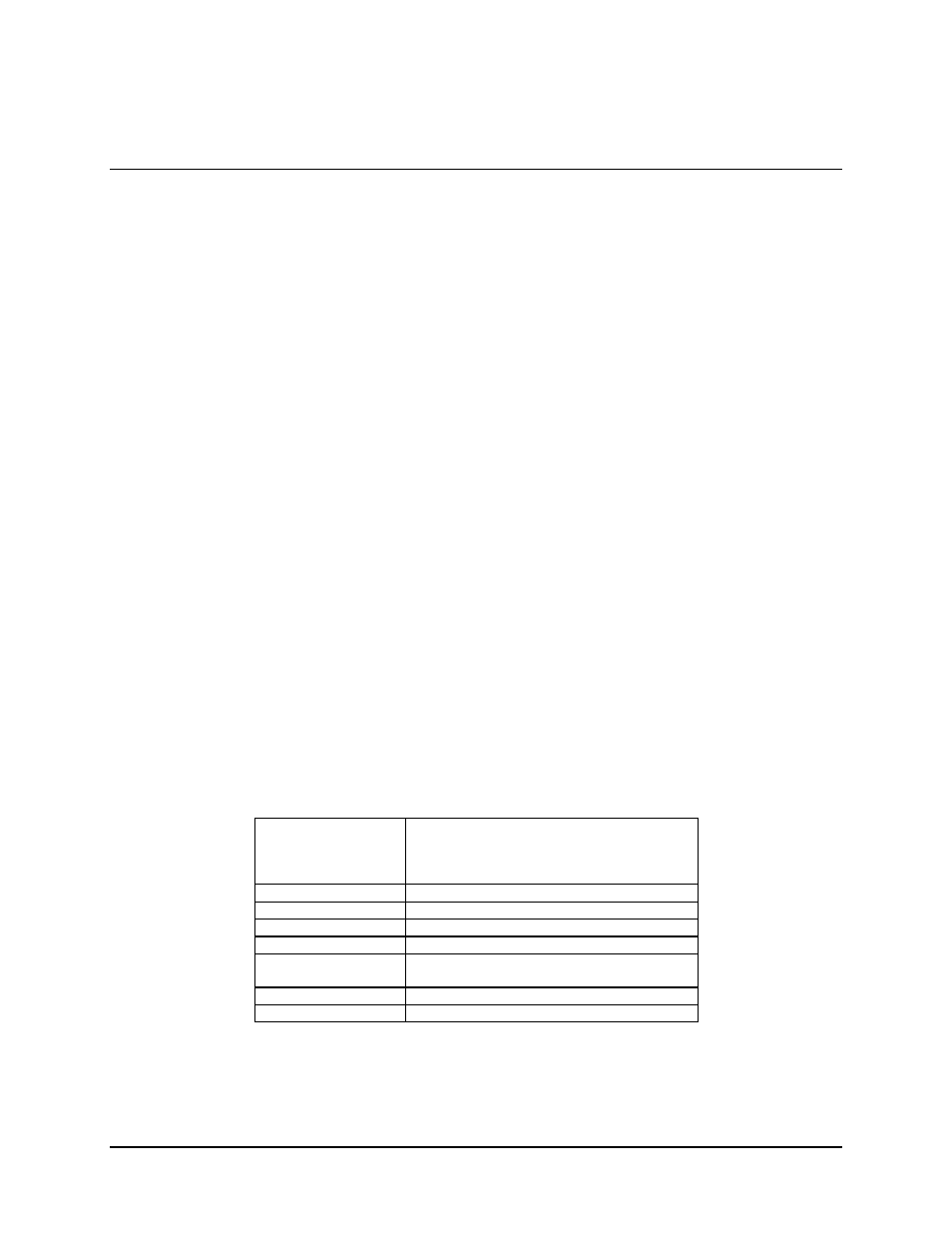2 demodulator, 1 theory of operation, 2 specifications – Comtech EF Data SDM-100A User Manual
Page 122

Theory of Operation
SDM-100A Satellite Modem
4–6
Rev.
0
4.2 Demodulator
The modem demodulator converts a QPSK or BPSK modulated signal of 50 to 180 MHz
to a demodulated baseband data stream. The demodulator then performs error correction
on the data stream, using a Viterbi decoding algorithm or a sequential decoder. There also
is a summary fault relay that provides a Form-C output located on the demodulator board.
Refer to Figure 4-3 for a block diagram of the demodulator.
4.2.1 Theory of Operation
The demodulator card functions as an advanced, fully digital, coherent phase-lock
receiver and Viterbi decoder. The modulated signal enters the RF module, where it is
converted from an IF signal at 50 to 180 MHz, to I&Q baseband channels.
The two channels are then passed through anti-aliasing filters, D/A converters, and digital
Nyquist filters. The result is a filtered, digital representation of the received signal.
This result is then fed to the Costas loop, where carrier phase lock is performed. A data
clock phase-lock loop then recovers the data clock, and the soft decision mapper converts
the I&Q samples to 3-bit soft-decision values. The soft decision values are then fed to the
Viterbi or sequential decoder, where error detection and correction are performed.
Additionally, the I&Q samples are used to calculate the AGC and Automatic Offset
Control (AOC) voltages, which are fed back to the RF module.
Finally, the data signal from the output of the Viterbi decoder is differentially decoded,
descrambled with a V.35 or custom descrambler, and routed to the interface card.
4.2.2 Specifications
Data Rates
19.2 to 128 kbit/s 1/2 Rate, QPSK
28.8 to 192 kbit/s 3/4 Rate, QPSK
33.6 to 224 kbit/s 7/8 Rate, QPSK
9.6 to 64 kbit/s 1/2 Rate, BPSK
Symbol Rate
19.2 ks/s to 128 ks/s
IF Frequency
50 to 180 MHz, in 2.5 kHz steps
Input Level
-30 to -55 dBm
Decoding Type
Viterbi: 1/2, 3/4, 7/8 QPSK
Filter Masks
Open Network
Closed Network
Scrambler Types
V.35
Modulation Types
QPSK or BPSK